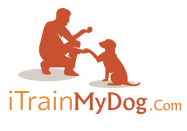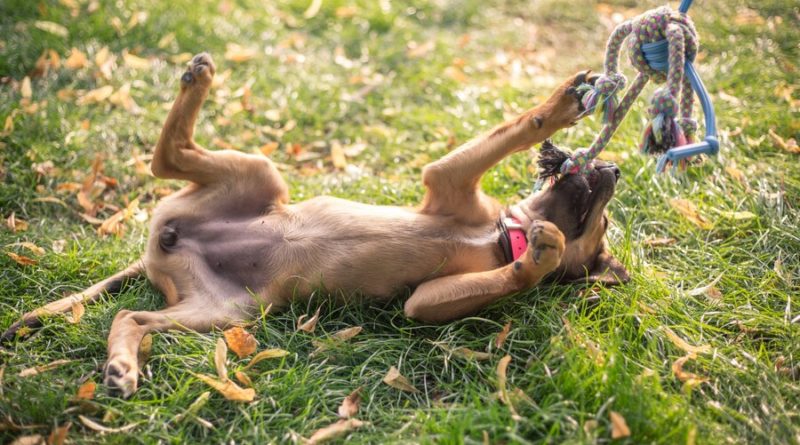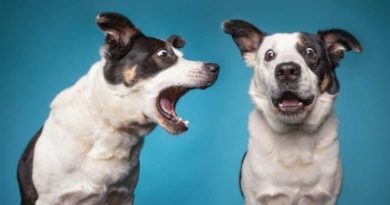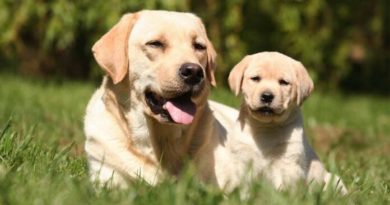Dog Reactivity Chart : A Comprehensive Guide
Are you struggling to understand your dog’s behavior? Does your furry friend seem to get overly excited or aggressive when encountering other dogs or people? If so, you may be dealing with a case of reactivity.
In a previous article, we covered the basics of reactive dog training and provided tips and techniques for managing reactivity in dogs. In this article, we’ll delve deeper into the various forms of reactivity in dogs and provide a comprehensive Dog Reactivity Chart to help you understand and manage your dog’s behavior.
What is Dog Reactivity?
Dog reactivity refers to a dog’s tendency to overreact or become overly excited in certain situations. This can manifest in a variety of ways, including barking, lunging, growling, snapping, or attempting to escape.
Reactivity can occur in response to a wide range of stimuli, such as other dogs, people, cars, bikes, or even objects like hats or umbrellas.
Reactivity is often a sign of stress or anxiety in dogs, and it can be a result of a variety of factors, including genetics, socialization, past experiences, and training.
While reactivity can be a normal part of a dog’s behavior, it can also be a source of frustration for owners and a potential safety hazard for both the dog and those around them.
Types of Dog Reactivity
There are several different types of reactivity that can affect dogs. Here are a few common examples:
Dog-to-Dog Reactivity:
This type of reactivity occurs when a dog becomes overstimulated or aggressive towards other dogs. This can happen when the dog is on a leash and encounters another dog, or when the dog is off-leash and allowed to approach other dogs.
People-to-Dog Reactivity
This type of reactivity occurs when a dog becomes overstimulated or aggressive towards people, either when the dog is on a leash or off-leash.
Leash Reactivity
This type of reactivity occurs when a dog becomes overstimulated or aggressive while on a leash. This can happen when the dog is walked past other dogs, people, or other stimuli that trigger their reactivity.
Read our full article regarding How to Train a Leash Reactive Dog.
Territorial Reactivity
This type of reactivity occurs when a dog becomes overstimulated or aggressive towards people or dogs who approach their home, yard, or territory.
Resource Guarding Reactivity
This type of reactivity occurs when a dog becomes overstimulated or aggressive towards people or dogs who approach their food, toys, or other resources.
Understanding Your Dog’s Reactivity: dog reactivity chart
To help you understand your dog’s reactivity, we’ve created a comprehensive chart outlining the various types of reactivity and their common triggers.
Use this Dog Reactivity Chart to identify the type of reactivity your dog is experiencing and determine the best course of action for managing their behavior.
| Type of Reactivity | Common Triggers | Recommended Course of Action |
|---|---|---|
| Dog-to-Dog Reactivity | Other dogs |
|
| People-to-Dog Reactivity | People, especially those who are unfamiliar or perceived as a threat |
|
| Leash Reactivity | Stimuli that are encountered while on a leash, such as other dogs, people, or objects |
|
| Territorial Reactivity | People or dogs approaching the dog’s home, yard, or territory |
|
| Resource Guarding Reactivity | People or dogs approaching the dog’s food, toys, or other resources |
|
Managing Your Dog’s Reactivity: Tips and Techniques
If you’re dealing with a reactive dog, it’s important to take steps to manage their behavior and prevent incidents from occurring. Here are a few tips and techniques to help you do just that:
Use positive reinforcement training techniques
Positive reinforcement training involves reinforcing desired behaviors with rewards, such as treats or praise. This can be an effective way to teach your dog to associate certain stimuli with rewards, rather than reactivity.
Practice desensitization and counterconditioning
Desensitization involves exposing your dog to the stimuli that trigger their reactivity in a controlled and gradual manner. Counterconditioning involves pairing the stimuli with positive reinforcement, so that the dog learns to associate the stimuli with rewards rather than reactivity.
Use training tools
Training tools such as head halters, harnesses, and leashes can give you more control over your dog’s head and mouth, which can be helpful in managing their reactivity.
Use barriers
Barriers such as fences, gates, and crates can help prevent unwanted approaches and reduce the likelihood of reactivity.
Seek professional help
If you’re struggling to manage your dog’s reactivity, consider seeking the help of a professional dog trainer or behaviorist. They can provide you with personalized advice and techniques to help you manage your dog’s behavior.
Conclusion
Understanding and managing your dog’s reactivity can be a challenging task, but it’s an important one.
By using the tips and techniques outlined in this article, you can help your dog learn to react appropriately to various stimuli and reduce the likelihood of incidents occurring.
Remember to be patient, consistent, and positive, and you and your furry friend can enjoy a happy and healthy relationship.




